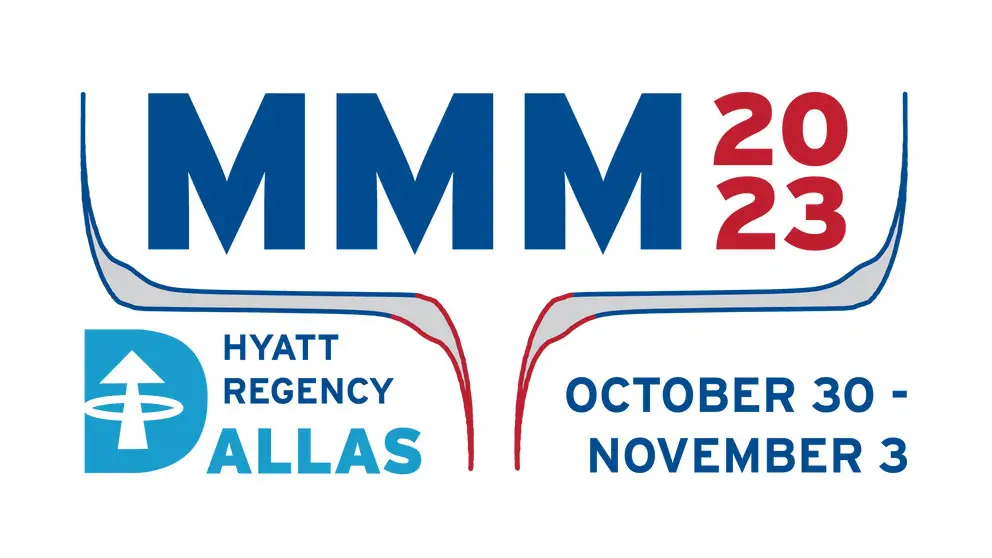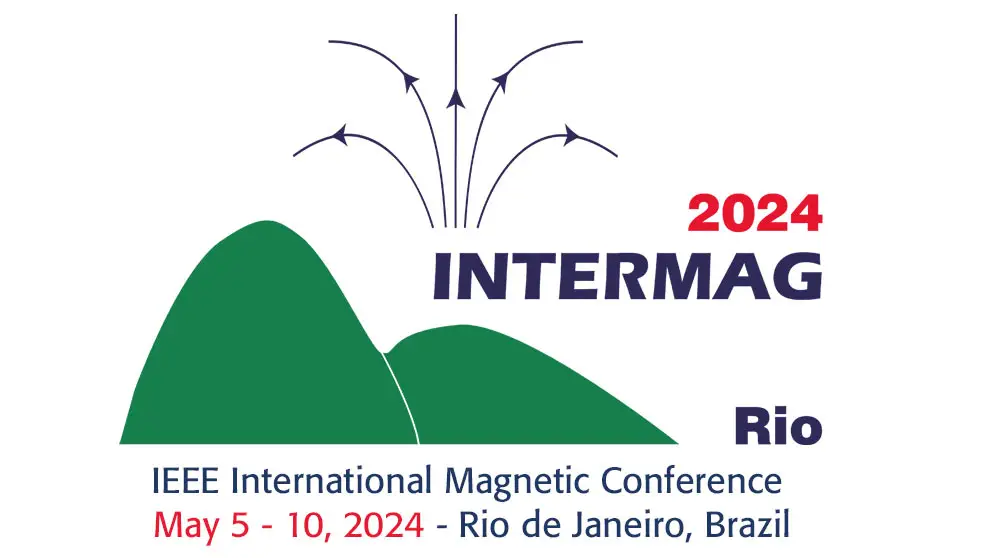VP1-03: Domain Wall Excitation by Spin-Polarized Current
F. V. S. Diniz, T. G. M Jales, L. L. Oliveira, Ana L. Dantas, and A. S. Carriço
Poster Virtual Only
25 Oct 2023
We presently report a theoretical discussion of the spectra of interface pinned domain walls (DW), in Py stripes subjected to spin-polarized currents and exchange coupled to two-sublattices vicinal antiferromagnetic (AFM) substrates. The DW are pinned at the edges between terraces, with length Lx, holding magnetic moments from opposite substrate sublattices [1]. The terraces exhibit alternate effective interface exchange field (±Hint), and the terrace length (Lx) sets the distance between consecutive DW (See Fig.1). We consider the spin-transfer torque of a weak spin current density (J=107 A/m2) along the x-axis and perpendicular to the interface steps edges. Owing to the magnetization gradients along the stripe, we investigated the effect of the Zhang-Li torques on the magnetic domain wall dynamics. Fig.1 shows the equilibrium configuration of a domain wall sequence in a Py micrometer stripe on a vicinal AFM substrate with 250 nm terraces, 50 nm width, and 20 nm thick subjected to an alternate interface field of 200 Oe. The time oscillation of the x-component of the magnetization is shown in the inset of Fig.2. As in the magnetic domain region (see Fig.1), the magnetization x-component is saturated, then the time oscillations of Mx are exclusively from the domain walls region. Therefore, from the oscillatory function of Mx, we calculate the fast Fourier transform and obtain the resonant frequencies of the domain walls. Our results indicate that the magnetic domain resonance is proportional to the interface exchange field—accordingly, the effect of the interface is inversely proportional to the thickness of the stripe. So, as shown in Fig. 2, the domain wall resonance decreases with Py stripe thickness. For the Py/AFM stripe with dimensions of 1μm x 50 nm, with 10, 15, and 20 nm thicknesses, the domain wall frequency mode are 1.41 GHz, 606, and 505 MHz, respectively.References: [1] F. A. L. Andrade et al, AIP Advances, 12, 035252 (2022)


